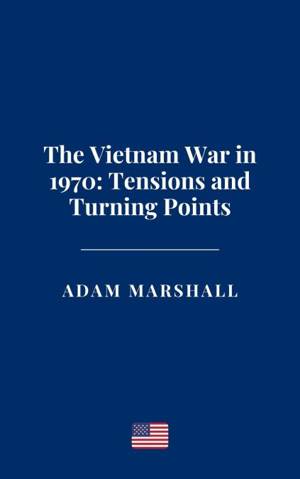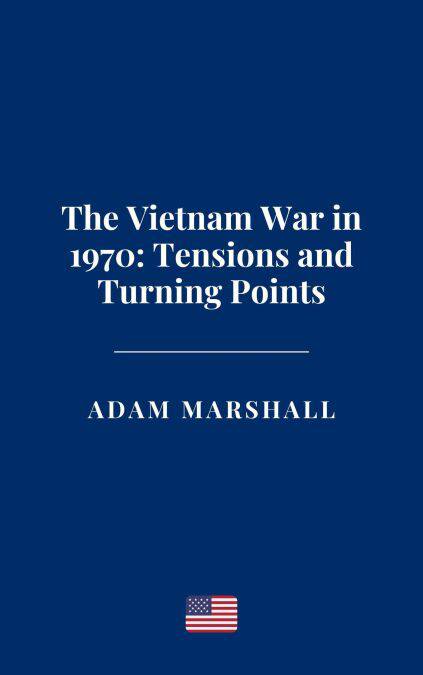
- Retrait gratuit dans votre magasin Club
- 7.000.000 titres dans notre catalogue
- Payer en toute sécurité
- Toujours un magasin près de chez vous
- Retrait gratuit dans votre magasin Club
- 7.000.0000 titres dans notre catalogue
- Payer en toute sécurité
- Toujours un magasin près de chez vous
Description
The Vietnam War in early 1970 stood at a crossroads, a moment when the momentum of conflict seemed unrelenting yet filled with palpable shifts that would redefine the trajectory of both the war and the American political landscape. By this point, the U.S. had been involved in the war for over a decade, beginning its large-scale military engagement in 1965 under President Lyndon B. Johnson. The war had evolved beyond a localized struggle into a global flashpoint in the Cold War, with the United States backing the government of South Vietnam against the communist forces of North Vietnam and the Viet Cong.
The early 1970s presented an evolving situation marked by increasing difficulties for the U.S. and its allies, with rising opposition to the war, both in the United States and globally. American forces had been involved in a drawn-out and brutal conflict that defied traditional warfare strategies and stoked anti-war sentiments back home. It was no longer just a conflict between two nations; it had become an ideological battleground, testing the resolve of a nation struggling to uphold its ideals of freedom while facing the realities of war.
Spécifications
Parties prenantes
- Auteur(s) :
- Editeur:
Contenu
- Langue:
- Anglais
Caractéristiques
- EAN:
- 9798230683292
- Date de parution :
- 08-03-25
- Format:
- Ebook
- Protection digitale:
- /
- Format numérique:
- ePub

Les avis
Nous publions uniquement les avis qui respectent les conditions requises. Consultez nos conditions pour les avis.






